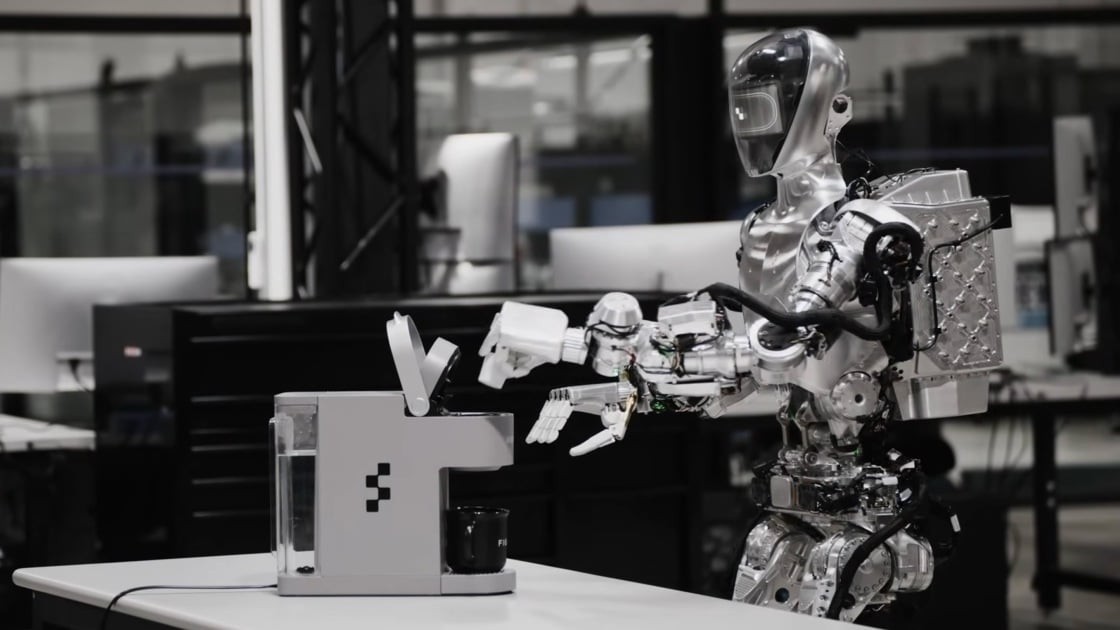
As artificial intelligence chip competition intensifies, Nvidia is making a bold move into humanoid robotics, anticipating a market explosion similar to the ChatGPT phenomenon.
The $3 trillion tech giant, known for dominating the AI chip market, is preparing to launch Jetson Thor, a specialized robot brain, in 2025. This new hardware builds on Nvidia's existing robotics platform, which includes training systems, simulation tools, and computing modules.
Deepu Talla, Nvidia's Vice President of robotics, believes the industry has reached a critical moment. "The ChatGPT moment for physical AI and robotics is just around the corner," he stated, pointing to two major technological breakthroughs: advanced generative AI models and improved robot training in simulated environments.
The company's confidence in robotics is backed by recent investments in startups like Figure AI, which raised $675 million from various tech giants including Nvidia. Another partner, Apptronik, has formed an alliance with Google's DeepMind.
This strategic pivot comes as Nvidia faces mounting pressure in the AI chip sector from competitors like AMD. While AI currently generates 88% of Nvidia's quarterly revenue of $35 billion, the company sees robotics as a promising new revenue stream.
The timing appears opportune - industry analysts project the robotics market to more than double from $78 billion to $165 billion by 2029. Nvidia aims to position itself as the leading platform provider in this growing sector.
The foundation for this move was laid in 2013 when Talla joined Nvidia to work on mobile chips. The company later redirected these engineering resources toward autonomous vehicle training, leading to the creation of the Jetson robot brain modules in 2014.
Recent advances in bridging the 'sim-to-real gap' - the difference between simulated and real-world performance - have particularly excited Nvidia. According to Talla, the past year has seen remarkable progress in combining simulations with generative AI, enabling capabilities that were impossible just two years ago.